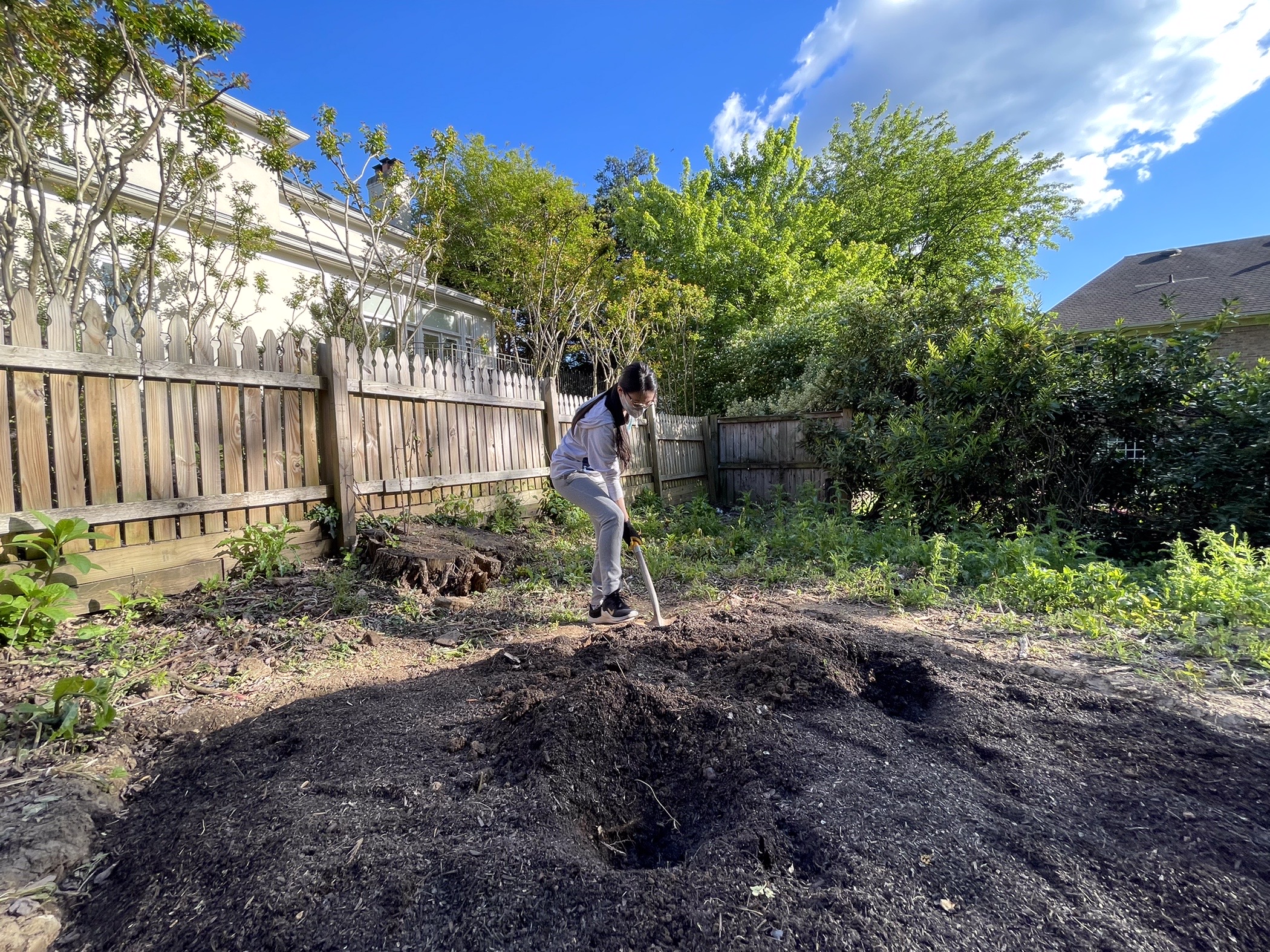
Welcome to the Pollinator Garden in the Bannockburn neighborhood of Bethesda! Former Bethesda Green Environmental Leader Emily Wu (pictured left) started the garden in her neighborhood in the Spring of 2021 with the goal of creating a local habitat for native pollinators. The garden features 14 plants and serves as a resting ground for a variety of insects. See Emily’s poster below to learn more!
Bethesda Green now manages the garden with the help of our Be Green Living intern Oran Lichtman.
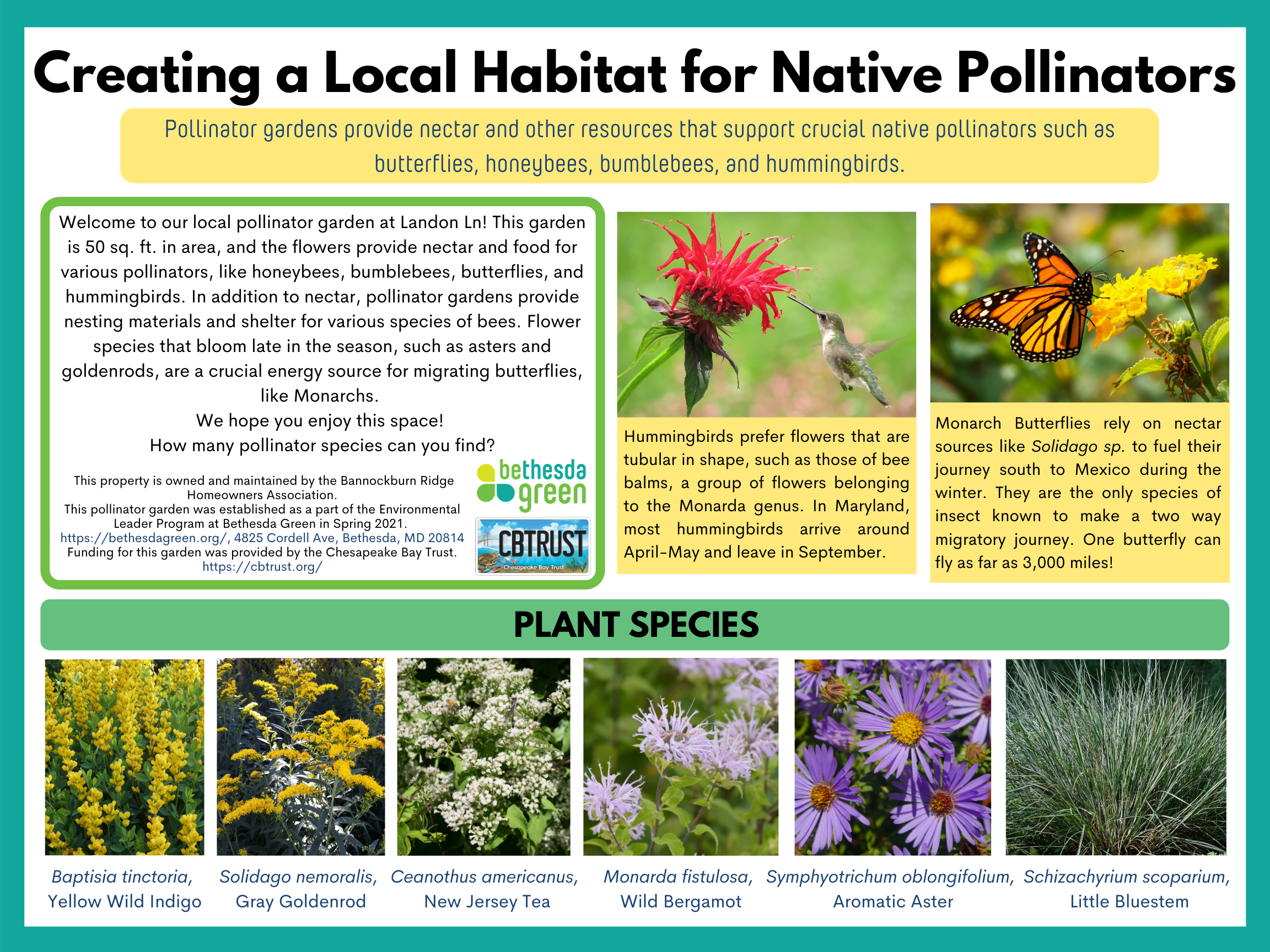
Poster by Emily Wu, 2020-2021 Environmental Leader
Biodiversity in the Garden
Plant Species
The Garden has 14 plants that are native to Maryland and the Montgomery County area. These plants include Wild Bergamot, Little Bluestem grass, Gray Goldenrod, Yellow Wild Indigo, New Jersey Tea, and Aromatic Aster (see poster above).
Insect Species
Many species call this garden home, many flies and pollinating wasps can be found enjoying the flowers of the wild bergamot and the aromatic aster. However many other species, even fungi, can be found growing in this garden’s ecosystem. Variety of mushrooms, weeds, and soil dwelling organisms can be found living underneath the mulch.
 One of the insect species is the Spotted Cucumber Beetle, seen on a flower from one of our aromatic aster plants. D. undecimpunctata is native across the States from Mexico to Maryland. It is a major agricultural pest but can also be found outside of crop fields in meadow settings where it can seen feeding on nectar and leaves of many plants.
One of the insect species is the Spotted Cucumber Beetle, seen on a flower from one of our aromatic aster plants. D. undecimpunctata is native across the States from Mexico to Maryland. It is a major agricultural pest but can also be found outside of crop fields in meadow settings where it can seen feeding on nectar and leaves of many plants.
 The Orange Assassin Bug, also known as p. barberi, is a predatory insect that is commonly found hunting on wildflowers in gardens, meadows and forests. These insects are great for gardens since they hunt parasitic aphids and insects like caterpillars that can like to eat leaves and stems.
The Orange Assassin Bug, also known as p. barberi, is a predatory insect that is commonly found hunting on wildflowers in gardens, meadows and forests. These insects are great for gardens since they hunt parasitic aphids and insects like caterpillars that can like to eat leaves and stems.
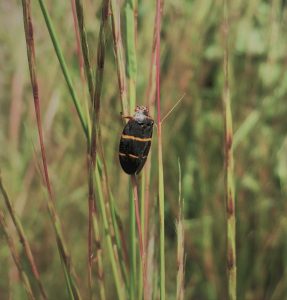 Two Lined Spittlebugs, like this one here, are only 0.3cm – 0.4cm long but you’ve probably seen the fluffy frothy houses they use to protect their eggs. P. bicincta can be found in grassy areas enjoying plant sap making too much of them a pest to in a garden setting Two-Lined Spittlebug: 21 Facts You Won’t Believe! (kidadl.com).
Two Lined Spittlebugs, like this one here, are only 0.3cm – 0.4cm long but you’ve probably seen the fluffy frothy houses they use to protect their eggs. P. bicincta can be found in grassy areas enjoying plant sap making too much of them a pest to in a garden setting Two-Lined Spittlebug: 21 Facts You Won’t Believe! (kidadl.com).
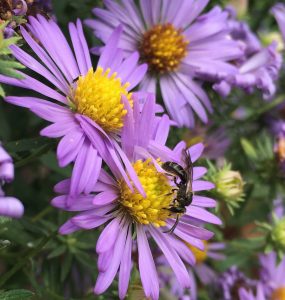 This Dark Ringed Sweat Bee is one of many species that feeds off the nectar in flowers. L. fuscipenne can be found anywhere there are flowers and got the moniker sweat bee because, besides nectar, they love the moisture and salts found in perspiration.
This Dark Ringed Sweat Bee is one of many species that feeds off the nectar in flowers. L. fuscipenne can be found anywhere there are flowers and got the moniker sweat bee because, besides nectar, they love the moisture and salts found in perspiration.
Fungi Species
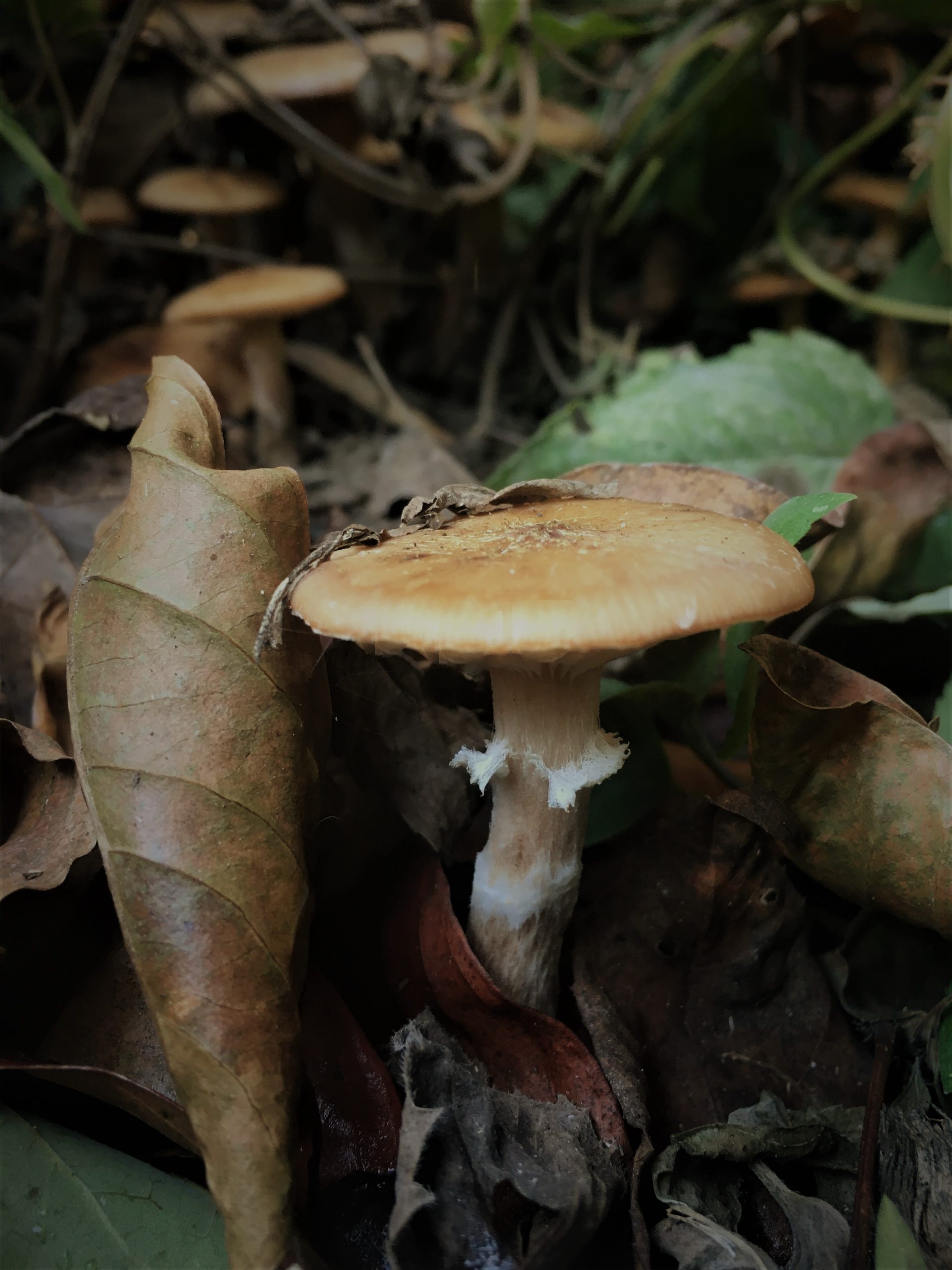 Fungi are crucial to maintaining a healthy garden. These organisms break down organic matter, like dead leaves, and put nutrients back in the soil making them available to plants.
Fungi are crucial to maintaining a healthy garden. These organisms break down organic matter, like dead leaves, and put nutrients back in the soil making them available to plants.
Honey Mushrooms in the armilaria genus like this mushroom pictured are a common mushroom that feeds on both decaying matter and can be seen growing on trees. Species of this fungi can be found throughout the northern hemisphere from Eurasia to North America. The largest known organism is a honey mushroom growing in Oregon’s Malheur National Forest; it covers over 3.4 square miles of land [This Humongous Fungus Is as Massive as Three Blue Whales | Smart News | Smithsonian Magazine].
Managing and Studying the Garden
The garden provides a case study to view pollinator biodiversity in the Bethesda area. The participants of our Environmental Leaders program use it as a study tool to learn about biodiversity and how it relates to their individual communities. The garden itself also provides the added benefit of beautifying the community around it as it grows, produces flowers, and attracts many pollinating insects.
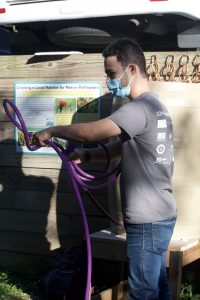
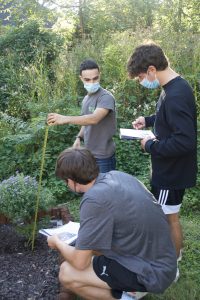


Bethesda Green Environmental Leaders studying biodiversity at the Garden

